As technology continues to change rapidly, and so do the tactics cybercriminals use. Responding to these changes requires adapting your security operations center (SOC), or eventually, you may encounter a security incident. Security is a journey, not a destination. You don’t just become secure and move on to another project. Instead, you continuously observe, adapt, and improve.
In 2019, Gartner coined the term secure access service edge (SASE), essentially merging WAN and security technologies into a single cloud-delivered service framework. If you want to be forward-thinking, you need to develop a SASE strategy. Your SOC should be an integral part of architecting a SASE journey because of the various strategic security capabilities and desired outcomes.
Enter the SOC of the future, and here at Netskope, we operate as Customer Zero. Since the Netskope SOC is responsible for monitoring and responding to threats under this evolving landscape, here are the critical areas of the SASE journey in which our SOC plays an integral role in developing.
Advanced analytics for better risk insights
As the security paradigm shifts, so should our approach to security analytics and risk insights. We leverage the capabilities provided by our Advanced Analytics reporting module to make decisions to better secure the environment and enforce policies that have already been agreed upon. The insights around suspicious and malicious activity are crafted and utilized to increase the meaningfulness of our detections and reduce response time. As we feed those insights back into our security stack through automation, our system and operations become smarter and faster, which ultimately shrinks dwell time for subsequent malicious attacks.
SaaS is the future of security
Software as a Service (SaaS) will continue to grow, and we secure these applications and services with technologies like a cloud access security broker (CASB) and access control. Although SaaS means enterprises are outsourcing most of the responsibilities to a service provider, the SOC is still responsible for monitoring the data. Therefore, you must secure your data with the available technologies while leveraging CASB technology.
Dynamic user/device fingerprinting
Identifying a user and device is based on multiple factors, including the user or device’s location, what type of system the user is on, and what applications the user/device is permitted to access. Fingerprinting a user and device dynamically determines what access rights they should have, regardless of their location. Therefore, the place of work can indeed be anywhere in the world at any time. Netskope continues to leverage this technology in our product to adapt to changes continuously. Our SOC relies heavily on it to discover accurate details associated with a user and device, the potential risk, relating the user and device to historical data, and comparing the user and device against behavior and attributes observed globally.
The office is everywhere
User performance needs and requirements for flexibility have forced the enterprise to move security to the application and host, rather than expecting traffic to tunnel through a security stack. Throughput obligations are a significant driver for Zero Trust Network Access (ZTNA). Similarly, user traffic within the gateway security stack could and should still be encrypted, but that restricts our ability to monitor and secure web activity. Netskope secure web gateway (SWG) addresses this design problem by forcing user traffic through a cloud-based security stack. SWG is an excellent way to secure the traffic of remote employees. This way security will accompany the movement of users, devices, and data. We utilize Netskope Private Access (NPA)—essentially VPN as a service—a more thoughtful way to encrypt than traditional VPN through a hosted concentrator.
Doing data loss prevention (DLP) right
Securing data in transit and at rest is as vital as ever, and it has never been easier with the technology options available with Netskope. Zero Trust is a great concept but can be challenging to operationalize when you consider the hurdle of determining what data is essential and requires protection. It gets even more complicated to automatically mark data accordingly due to the evolving meanings of “important” and the endless potential locations of said data. Netskope’s advances based on artificial intelligence and machine learning allow for quicker and better decisions regarding “important,” enabling accurate, automated data security in transit and at rest. We rely on it in the SOC to quickly provide real insights with little maintenance overhead compared to traditional broken DLP solutions.
Automate tier-one support
Since SASE gives the enterprise access to more detail about how their services are running, first-responder/tier-one support activities can—and should—be fully automated. The extra detail and context allow for automatic response to employee technical demands, service problems, and potential security events. The network will essentially “know” when a problem or attack is happening. It then either resolves the problem on its own or sends event data straight to higher-tier support if the automated response fails. In addition, since SASE is cloud-based, support for tier-one services moves to the service provider, saving the SOC from the obligation to offer any low-level maintenance services.
Automated upgrades
With Netskope SASE, software upgrades simply happen, as opposed to being the responsibility of the SOC. When a cloud service provider provides a service, the service provider always has access to the management tools. When new features are needed, the entire configuration and upgrade process occurs without notifying the end-user. Using backup systems while primary systems upgrade leads to zero downtime during the upgrade process. The whole process happens in the cloud without customers’ knowledge, removing technology maintenance requirements from the SOC’s list of responsibilities. Netskope’s software developers often push upgrades and patches along with software releases, providing a smoother upgrade experience than combining multiple changes into one more significant release. Agile development and features in chunks reduce the risk of impact to our employees and business.
Summary
The value of the SASE journey for the Netskope SOC spans multiple areas. It includes shifting the responsibilities of services to the cloud, which frees up time for SOC analysts to focus on different tasks. SASE also solves some challenges that a traditional SOC would otherwise deal with, such as reducing or eliminating some risk that other SOCs must account for. As the SASE journey progresses and evolves, so does our SOC. If your enterprise does not already have a SASE strategy today, now is an excellent time to start planning to adopt cloud technology into your SOC’s practice.




 Retour
Retour 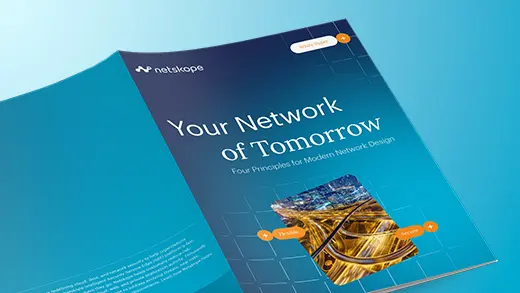

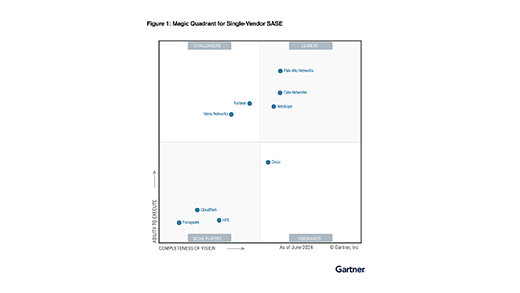

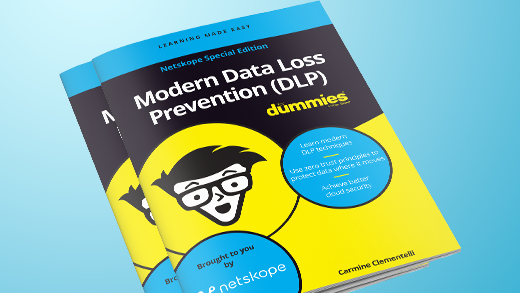
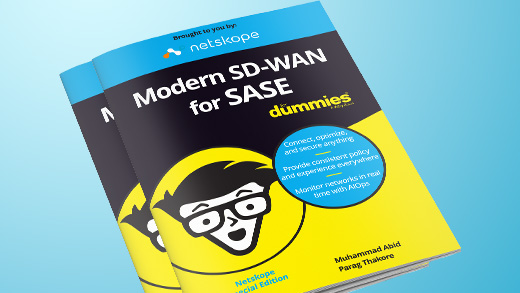

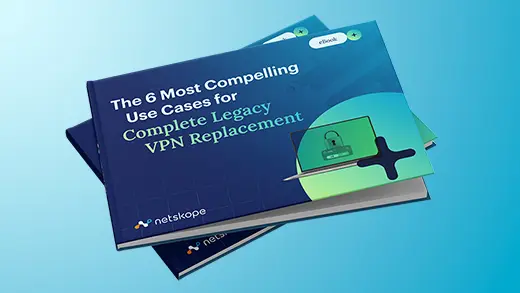









 Lire le blog
Lire le blog